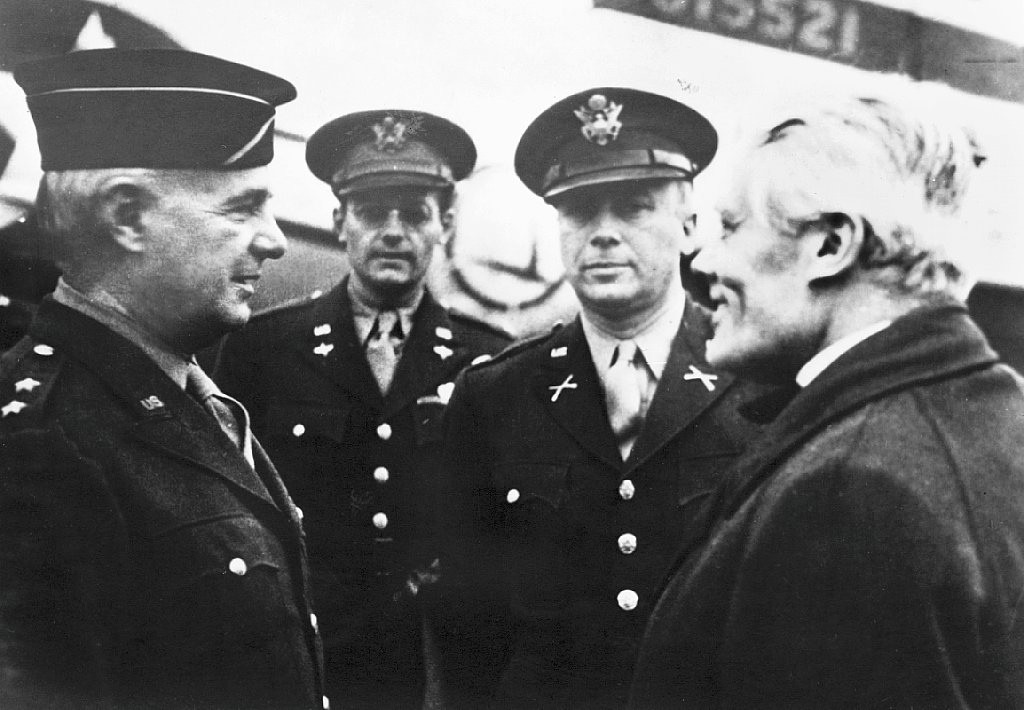(W)Archives: Understanding the Office of Strategic Services

The US Army Special Operations Command (USASOC) has added another excellent resource for the study of special operations. First Paul Tompkins reprised the Assessing Revolution and Insurgent Strategies (ARIS) project from the 1960’s era Special Operations Research Office (SORO).
Now USASOC has established a web site with the Office of Strategic Services (OSS) Primers and Manuals. Both the CIA and SOF share their lineage with the OSS. This web site should be of use for those who want to look to history for an understanding of intelligence and unconventional warfare operations. As the commanding general, LTG Cleveland says in the below note, “it is important to understand how the past has influenced Army Special Operations Forces.”
Army Special Operations Soldiers,
It is important to understand how the past has influenced Army Special Operations Forces. One of America’s legendary paramilitary organizations during WWII was the Office of Strategic Services (OSS) whose field ranks were largely filled by detailed military personnel. As a wartime organization, it became a USASOC legacy unit because a number of their Army personnel played important roles during the formative years of Special Warfare after the war.
The OSS was a complex intelligence organization with paramilitary capabilities that was given highest priority to recruit within the military services. Major General William J. Donovan, a WWI veteran and Medal of Honor recipient, reported to President Franklin D. Roosevelt as the chief of an independent agency under the Chairman of the Joint Chiefs. The OSS functions most relevant to today’s ARSOF are: Operational Groups (OGs); Maritime Unit (MU); Special Operations (SO); Morale Operations (MO); and Secret Intelligence (SI) Branches.
This website features a primer on OSS wartime activities and functions and republished copies of the declassified manuals for each of the above elements. Although disbanded shortly after WWII, Army veterans assigned to the Psywar Center used their OSS manuals to create Special Forces units and to teach special operations tactics, techniques, and procedures. Individual training, group classes, and field exercises were conducted on Smoke Bomb Hill, Fort Bragg and Camp Mackall, NC, and in Pisgah National Forest, SC. Knowledge about the connection of OSS to Army SOF is important to your professional development.
CHARLES T. CLEVELAND
Lieutenant General, U.S. Army
Commanding
David S. Maxwell is the Associate Director of the Center for Security Studies and Security Studies Program at Georgetown University and a retired U.S. Army Special Forces Colonel.
Photo credit: National Museum of Denmark

